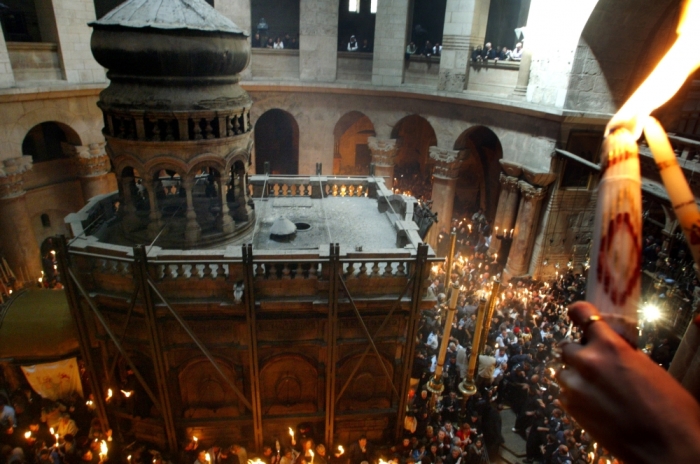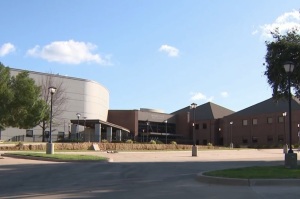Jesus' Limestone Burial Bed Uncovered for First Time at Church of the Holy Sepulchre (Video)

Archaeologists conducting research at the Church of the Holy Sepulchre in Jerusalem's Old City have said that for the first time ever they have uncovered the original limestone bed where Jesus Christ is believed to have been buried before His resurrection.
"I'm absolutely amazed. My knees are shaking a little bit because I wasn't expecting this," said Fredrik Hiebert of National Geographic.
"We can't say 100 percent, but it appears to be visible proof that the location of the tomb has not shifted through time, something that scientists and historians have wondered for decades."
The findings show that original portions from the tomb survived centuries of damage, destruction, and reconstruction at the church, which has recently been undergoing a restoration project.
National Geographic's report reveals that the tomb consists of a limestone shelf or burial bed that was hewn from the wall of a cave, though at least since 1555 the burial bed has been covered in marble cladding.
Scientists announced last week as part of the research that they uncovered an ancient slab inside the chamber, which is believed to have once held Jesus' body.
Another marble slab with a cross carved into its surface was discovered hours later, however, which showed that the original limestone burial bed was intact.
"While it is archaeologically impossible to say that the tomb recently uncovered in the Church of the Holy Sepulchre is the burial site of an individual Jew known as Jesus of Nazareth, there is indirect evidence to suggest that the identification of the site by representatives of the Roman emperor Constantine some 300 years later may be a reasonable one," the report stated.
Archaeologist and National Geographic grantee Jodi Magness suggested that the discovery shows that whoever wrote the first four books of the New Testament, which describe Jesus' life on Earth, was well aware of the customs and practices of Jewish people in the time period, such as carving rock-cut tombs.
"All of this is perfectly consistent with what we know about how wealthy Jews disposed of their dead in the time of Jesus," said Magness. "This does not, of course, prove that the event was historical. But what it does suggest is that whatever the sources were for the gospel accounts, they were familiar with this tradition and these burial customs."
The burial bed has since been resealed in the original marble cladding, and researchers might not get access to it again for many centuries or millennia.
The restoration project for the tomb is being driven by the Greek Orthodox, Roman Catholic and Armenian Orthodox Churches, which have joint control of the site. The $3.4 million endeavor is intended to peel away layers of the tomb's outside, cleaning them and repairing them, in order to preserve them for future generations.




























